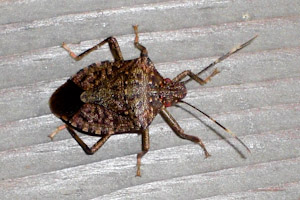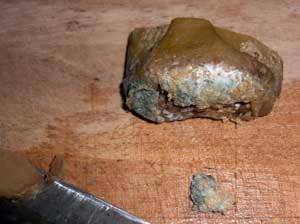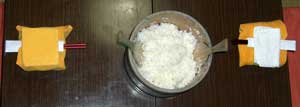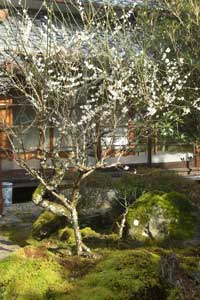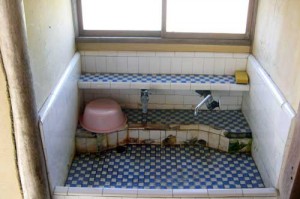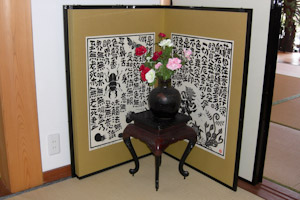Cooking Rice (Day 7 – 1. April)
Rice is our essential food, three times a day. If we did not have an electric rice-cooker, one of us would permanently be busy in the kitchen. So, using some modern technology is maybe o.k., the more even this can provide a good lecture.
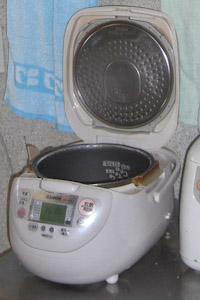 After a few days working in the kitchen I realised that the removable inner lid of the rice-cooker has not been cleaned for possibly a very long time, so I got rid of lots of brownish-greenish smelly stuff hiding there. Also the ventilation on top did not look and smell too good, carefully speaking, and I decided to clean it the next day.
After a few days working in the kitchen I realised that the removable inner lid of the rice-cooker has not been cleaned for possibly a very long time, so I got rid of lots of brownish-greenish smelly stuff hiding there. Also the ventilation on top did not look and smell too good, carefully speaking, and I decided to clean it the next day.
Never postpone anything to tomorrow!
Last evening J must have set up the cooker for the rice-soup accidentally with the wrong program. After morning-Zazen was finished, we found lots of water was leaking from the cooker, and this water had a really strange colour. The rice was dyed in the same strange colour, we quickly discovered … but the top ventilation I wanted to clean today was now properly washed. “Maybe strange colour, but we don’t care … still can eat rice!” K-san decided. And we had to eat it all up …
—
P.S.: I just read about the Tenzo or cook of a Monastery: “Since ancient times this office has been held by realized monks or by senior disciples who have roused the enlightened. Those entrusted with this work but who lack a disciplined mind will only cause and endure hardship despite all their efforts.” Mea culpa …
